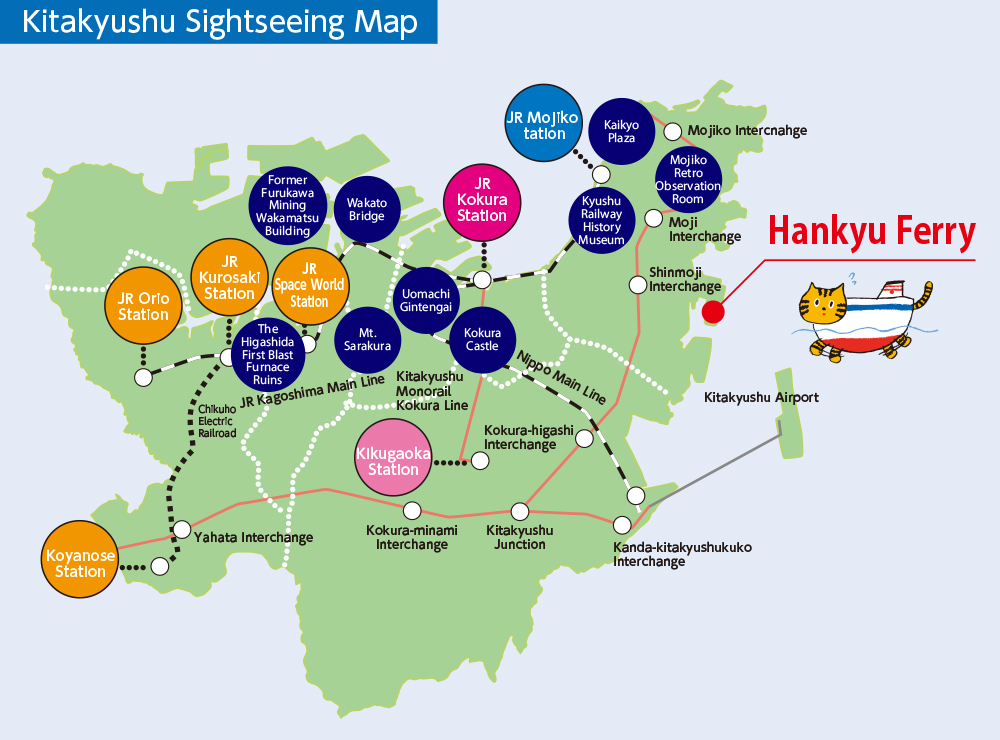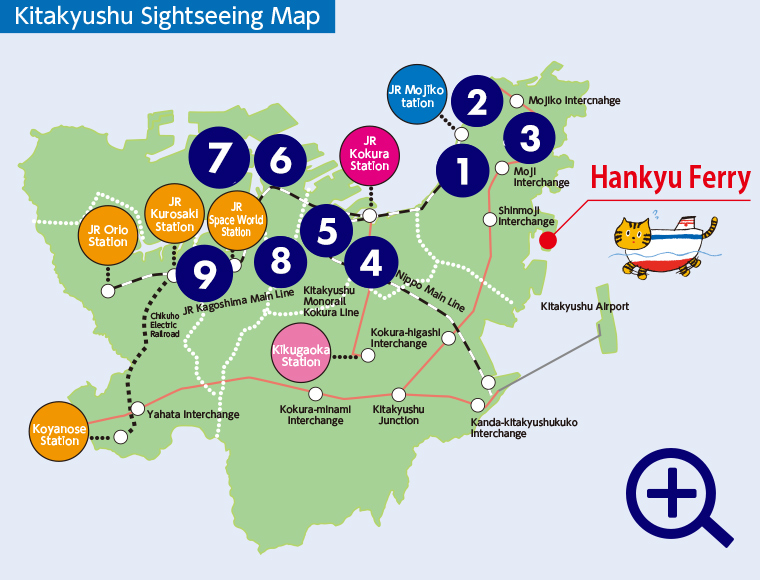Tourist information
HomeTourist informationkitakyushu
kitakyushu
Click on a sightseeing point, detailed information will be displayed.
*Distance and required time is reference time.
kitakyushu Tourist attractions
-
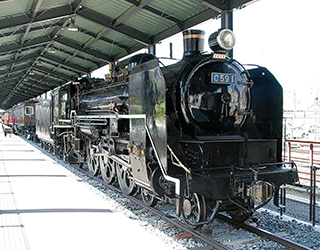
1Kyushu Railway History Museum
The Railway History Museum was constructed from the restored red brick building that comprised the former Kyushu Railway Headquarters built in 1891. Actual steam locomotives and popular trains, railway tools used in service, train lunchbox labels and more are on display here, alongside a host of interactive exhibits to enjoy. There is also a mini train and train driver simulator to experience. Nostalgic express trains are housed outside, including a genuine steam locomotive and Blue Line train.
Approx. 3 min from JR Mojiko Station on foot
-
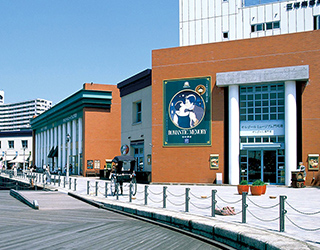
2Kaikyo Plaza
Kaikyo Plaza embodies the idea of a market brimming with romance that invokes the half-forgotten tranquility of the heart. Besides the quality local cuisine on offer, such as baked curry and kawara (roof tile) soba, there is a wide variety of shopping to enjoy at general stores, seafood stores, gift shops and more. Visitors may lose track of time simply looking around the attractions such as our music box store or the red brick glass pavilion.
Approx. 2 min from JR Mojiko Station on foot
-
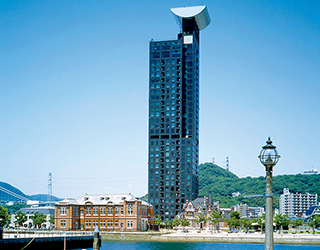
3Mojiko Retro Observation Room
This glazed observatory is seated on the highest floor of a condo designed by Kisho Kurokawa, who was one of Japan’s foremost architects. The view extends beyond the Mojiko Retro offering sweeping views of the Kanmon Bridge, the city of Shimonoseki on the opposite shore and even the Sea of Japan. Visitors can also take in the night view as the trip to the 31st floor is via glass elevator.
Approx. 8 min from JR Mojiko Station on foot
-
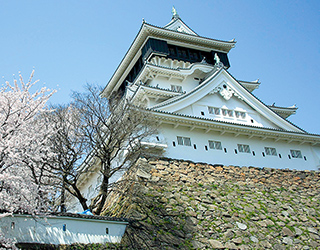
4Kokura Castle
The castle built in 1602 by Hosokawa Tadaoki is distinctly characterized by the absence of eaves in the castle tower roof between the 4th and 5th stories and the “Kara-zukuri structure” of the 5th story noticeably protruding over the story below. This feature can be clearly witnessed by looking up at the castle from a diagonally downward position. The stone walls of the castle remain the same as when first constructed and are said to use the Nozura-zumi technique of piling up natural stones (rather than stone cutting), which were brought up from Mt. Adachi.
Approx. 16 min from Kokura Station on foot
-
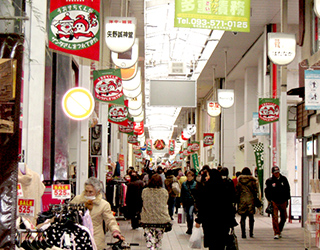
5Uomachi Gintengai
Japan’s first arcade shopping district was born in 1951 from the concept “Let’s build a town where it never rains.” Stretching for about 400 meters to the Tanga Market, the street is lined with various shops and gourmet stalls that make it ideal for a slow, leisurely walk. Featuring an “Eco roof” equipped with solar panels and LED lighting, the area evokes a neo-futuristic sensation.
Approx. 13 min from JR Kokura Station on foot
-
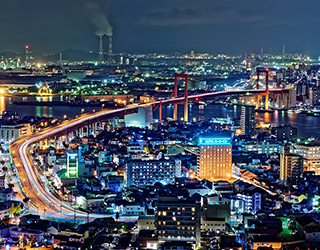
6Wakato Bridge
The Wakato Bridge is a 627m long suspension bridge linking the Tobata and Wakamatsu districts. The red framework that spans Dokai Bay is considered symbolic for both these regions. It was the longest such bridge ever seen in the East when it opened in 1962. It was also instrumental in paving the way for all other suspension bridges in the country constructed with Japan-specific technology. The stunning scenery from the bridge makes it the perfect location for taking quality photos any time of day or night.
Approx. 11 min from JR Tobata Station on foot
-
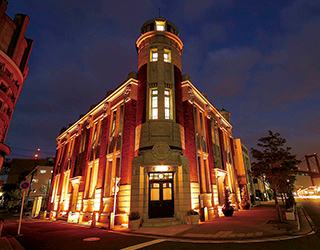
7Former Furukawa Mining Wakamatsu Building
Even among the modern architecture still remaining in Wakamatsu today, this structure retains remnants of its former gallantry as well as the gorgeous exterior. This two-story red brick building is said to be Taisho-era architecture from 1919 and forms an acute angle matched to intersecting angles running from the front to the sides. The tower expanding from this tip emphasizes the vertical lines extending to the 3rd story. This needlepoint design of the tower’s skylight windows is also the structure’s most distinctive feature. In 2004, conservation work was carried out to revitalize its purpose as a base for “exchange, culture and tourism”. The building is lit up at night and the beautiful illumination also leaves a lasting impression.
Approx. 9 min from JR Wakamatsu Station on foot
-
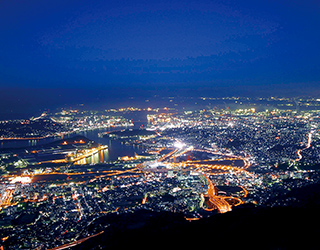
8Mt. Sarakura
Forming the Hobashira mountain range along with Mt. Gongen and Mt. Hobashira, Mt. Sarakura is also part of the Kitakyushu Quasi-National Park. After taking the cable car followed by slope car to the summit 622m above sea level, visitors are treated to a panoramic view of Kitakyushu City from the observatory. Abundant in natural scenery and especially beautiful to behold after dark, the so-called “night view worth 10 billion dollars” is now recognized as one of Japan’s top three night viewing experiences.
Approx. 6 min from JR Space World Station on foot
-
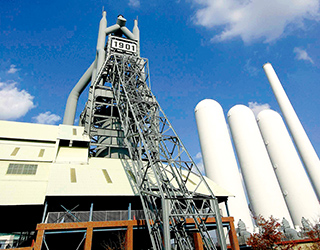
9The Higashida First Blast Furnace Ruins
Born from the rising momentum that established modern Western-style steelworks spurred by the Sino-Japanese War, the Higashida First Blast Furnace was first fired up in 1901 and manufacturing began. The now-defunct Higashida First Blast Furnace was constructed as Japan’s first high-pressure blast furnace boasting a nominal capacity of 900 tons. It operated from 1962 -1972, until the furnace was extinguished forever. It now enjoys popularity as a symbol of the Higashida First Blast Furnace Ruins Historical Square.
Approx. 6 min from JR Space World Station on foot
